
Olive
Synonyms: none
Scientific Name: Olea europaea L.
Family: Oleaceae (olive family)
Habitat
The wild olive is native to various non-contiguous regions far apart from each other: Mediterranean, Middle East and South Africa.
Constituents
Olive fruit: 50% water, 22% oil, 19.1% sugar, 5.8% cellulose, 1.6% proteins, bitter substance oleuropein.
Olive oil: high proportion of monounsaturated fatty acids, oleocanthal.
Description
Olive groves epitomize the Mediterranean region. Hot summers, with shimmering air and the chirping of hundreds of cicadas, and the dry groves with their gnarled, often bizarrely shaped trees, some of them hundreds of years old, really belong together. The oldest known olive tree in Europe grows in the small village of Ano Vouves in the Kolymbari region of Crete and is estimated to be 3,000 to 5,000 years old.
It takes decades for these trees to reach their final height of up to 66 ft/20 m. The evergreen trees found in olive groves are usually much, much smaller. They are pruned regularly to make the olive harvest easier. The bark, which is green and smooth in young trees, becomes rough and cracked as the trees get older. The white or yellow flowers, which blossom from the end of April to the beginning of June, grow in clusters of up to forty florets. The wind-pollinated flowers develop into drupes, the olives themselves, which are initially green but turn black or brownish-violet once ripe. The tree often does not yield fruit until it is seven years old and bears a substantial yield only every two years, a phenomenon known as alternation. Harvesting starts in October and can go on into March.
Olive trees are ideally suited to their dry native habitat. Their roots can reach a length of 20 ft/6 m and draw up water from deep underground. The undersides of the narrow leathery leaves are covered with little hairs (stellate pubescence) which protect them against evaporation. The undersides of the leaves are also covered with slits – openings into the inside of the leaf through which the plant takes in carbon dioxide but can also lose fluid. The stellate hairs catch escaping fluid at the opening of the slits and return it to the leaf.
Interesting Facts
The scientific name olea and the English word olive both come from the Ancient Greek term elaiva = olive fruit. The Armenian language has still older names for the olive: jet = oil and dzet = olive are the same as the Hamitic (Egyptian tet-t = olive) and Proto-Semitic words zeitu = oil, olive, olive tree. Zeitu became the Arabic zaitun and the Spanish aceite – oil. Thus in earlier times the word oil was synonymous with olive oil.
That the earliest words for the olive tree are found in Armenian fits in with the legend that Noah, patriarch of the Hamites, Semites and Indo-Germanic peoples, brought knowledge of the uses of the olive tree to the Caucasus in the course of his wanderings.
Archaeological finds of olive stones which are more than 9000 years old bear witness to the long association between olive trees and human beings. In the Bible the olive tree plays an important role in many places. It is a symbol of peace, of prosperity and of civic happiness. Olive oil was used as a fuel and to anoint hair and body. When Noah sent out a dove to explore after the deluge, it returned to the ark with an olive branch in its beak. This image of the dove of peace bearing an olive branch is still found today. Jesus went to an olive grove at the foot of the Mount of Olives in the Garden of Gethsemane to commune with God shortly before he was crucified.
The Bible describes the Holy Land of Canaan, which roughly approximates to today's Syria, as possessing olive groves and olives in abundance. This makes it seem probable that the olive was first cultivated in the Syrian region.
According to myth, Athena, goddess of cities, war and wisdom, fought with the god of the sea Poseidon for dominion over the Attica peninsula on which Athens is situated. As a sign of his claim to supremacy, Poseidon cast his trident at the Athenian acropolis and a salt spring began to flow where it landed. As a symbol of her claim, Athena planted an olive tree beside the spring, making it known in the region as a useful plant. The furious Poseidon challenged Athena to a duel, and Athena would have taken up the challenge, had her father Zeus not intervened. Zeus declared that the court of the gods should decide who was to have dominion. Athena won the decision by one vote. Athena’s olive tree, the ancestor of all olives, was burned down during a Persian invasion, but new shoots grew from its roots. Descendants of this original tree were supposed to have stood in the Platonic Academy – the school of philosophy founded by Plato (427 BC to 347 BC) in Athens: the sacred olive trees dedicated to the goddess Athena. Because of this myth, in many Greek city-states it was forbidden to fell olive trees. Olive branches were the highest form of recognition and the highest prize in the Olympic Games. They were regarded as a symbol of peace – a symbolic meaning which is still recognized today. Thus the map of the world on the UN flag is flanked by two olive branches and the aforementioned dove of peace bears an olive branch in its beak.
Freshly picked olives are extremely bitter and therefore inedible. To make them into a nourishing delicacy, they are traditionally kept in water that is changed several times. Slit olives become edible after a few weeks. If they are not slit, it takes about five months for them to become edible. If they are then preserved in oil or brine, olives can be kept for a very long time without any other preservatives.
In the Mediterranean region alone, more than 1000 kinds of olive are known. Some of these are found only in one village. The fruits and oil from the different kinds vary in flavor, and it is hard to keep up with the many different types of olive oil. Commercially available black olives are often actually green olives colored using iron gluconate.
The plant in our products
We use organically certified olive oil from the first pressing. This oil comes from a cooperative in southern Spain. The gentle process of cold pressing preserves the character of the oil as a purely natural product. With its excellent fatty acid composition it cares for the skin and makes it smooth. The oily extracts are incorporated into the Dr. Hauschka product formulas. For example in:
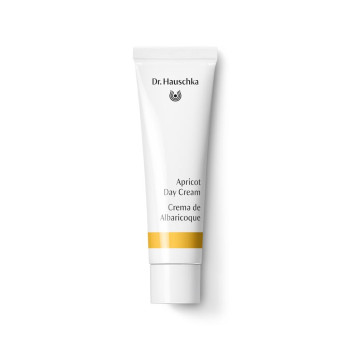
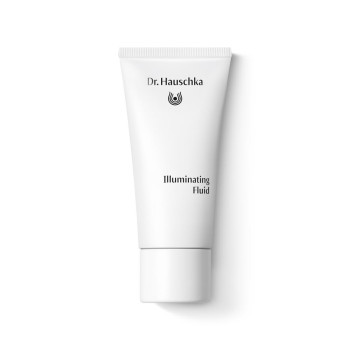
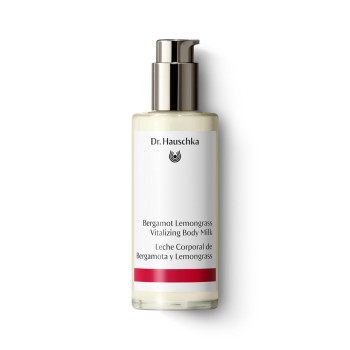
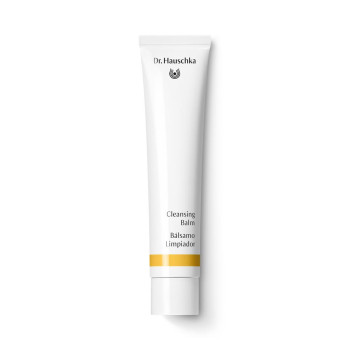
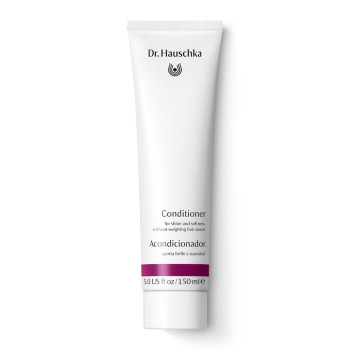
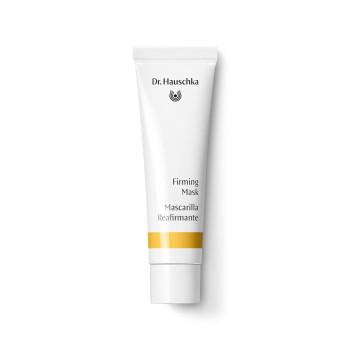
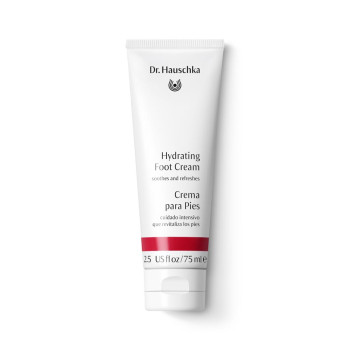
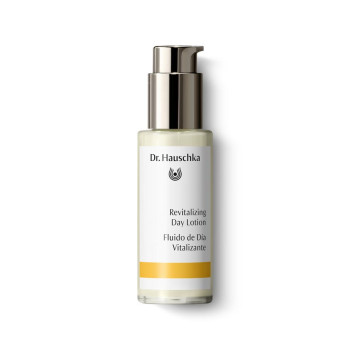
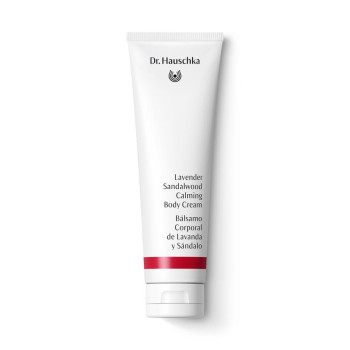
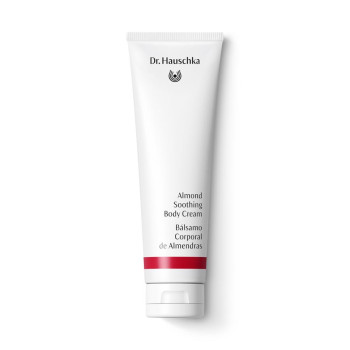
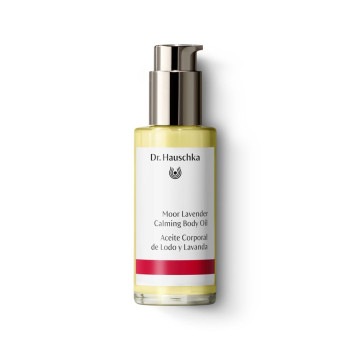
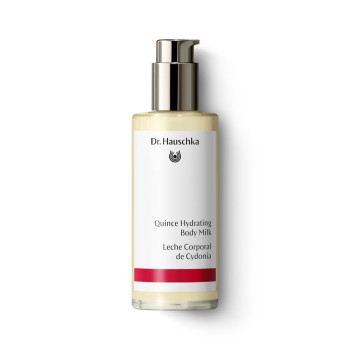
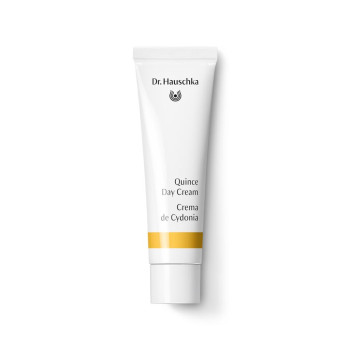
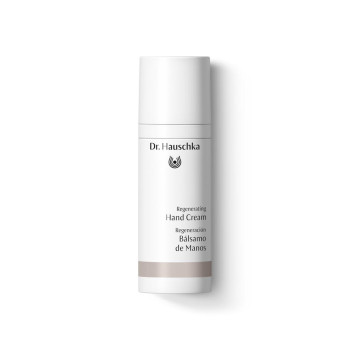
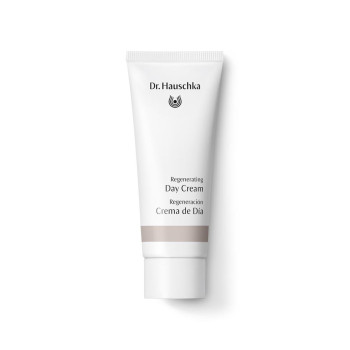
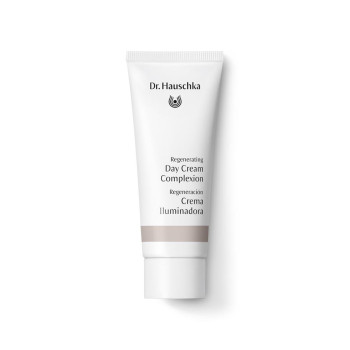
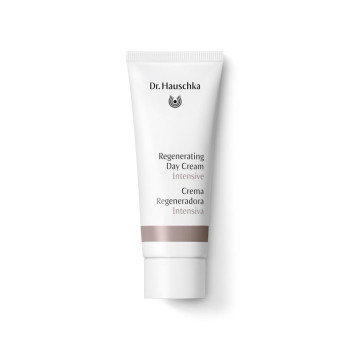
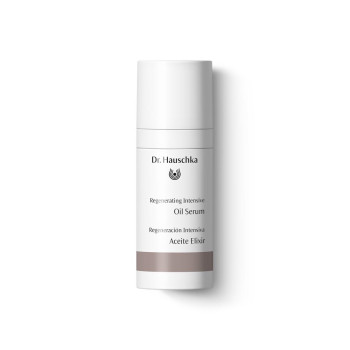
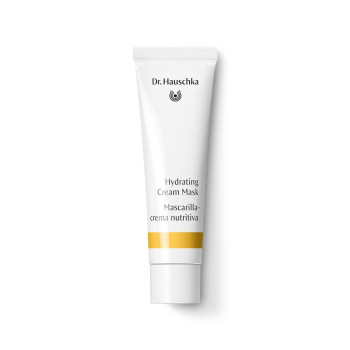
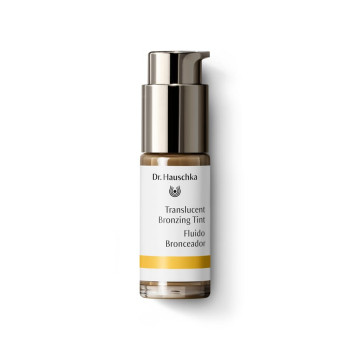
In recent times its leaves were found to contain substances with antioxidant protection. This discovery confirms the traditional applications of olive leaves in Mediterranean countries. Dr.Hauschka Skin Care products with olive leaf extracts:

